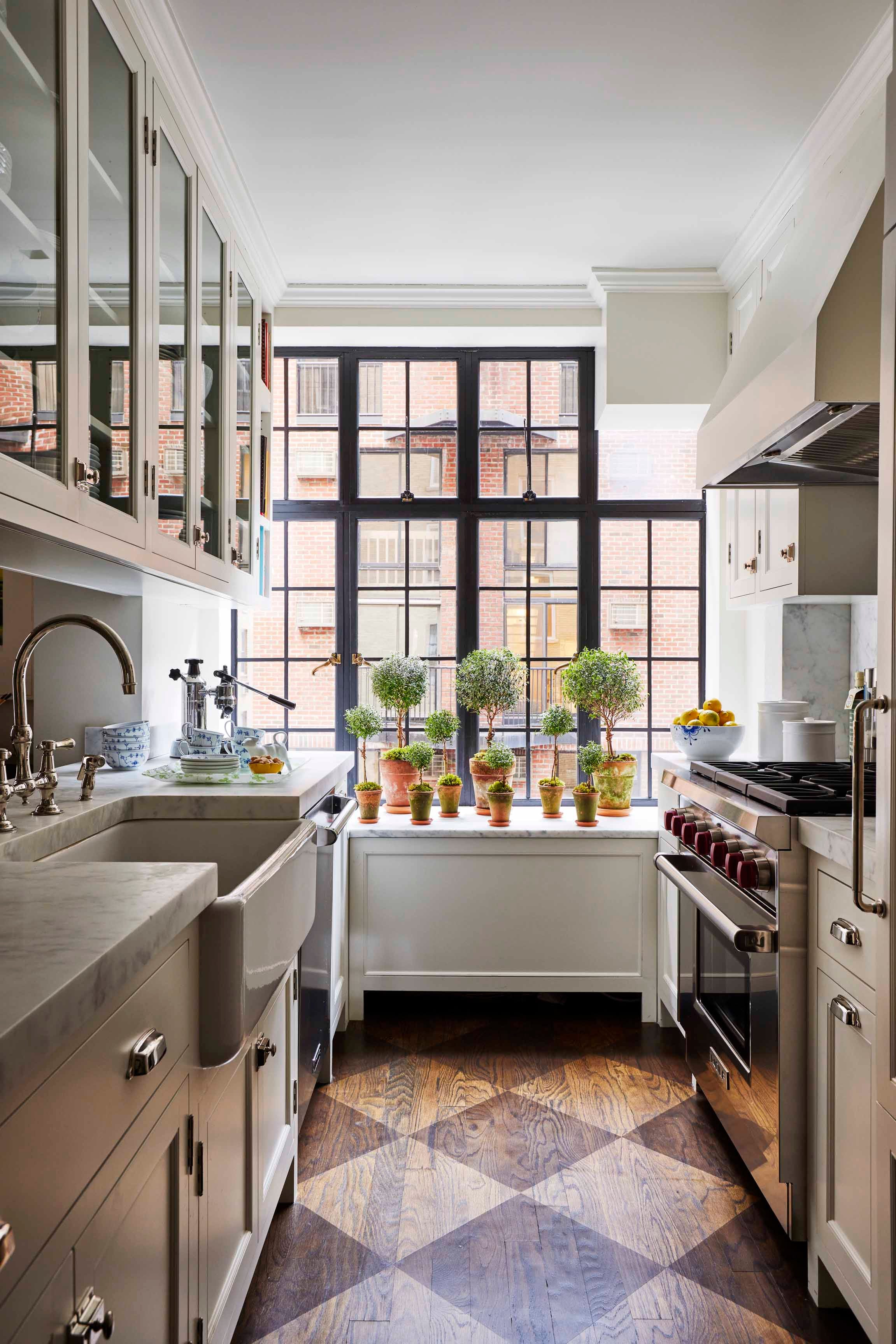Best Cabinet Layout For Small Kitchen
Best Cabinet Layout for Small Kitchens: Essential Considerations
Transforming a small kitchen into a functional and inviting space requires thoughtful planning. One crucial aspect of this is optimizing the cabinet layout to maximize storage and efficiency. Here are some essential considerations for creating the best cabinet layout for your compact kitchen:
1. Prioritize Storage Capacity
Small kitchens often face limited storage space. Therefore, it's essential to prioritize cabinets that offer maximum storage capacity. Consider tall pantry cabinets, which provide ample vertical space for bulky items like pots and pans. Drawer cabinets are also a great option, as they allow for easy access to contents and can be organized with dividers or pull-out shelves.
2. Create a Work Triangle
The work triangle connects the refrigerator, sink, and stove, the three most frequently used areas in a kitchen. Optimizing this triangle can significantly improve workflow. In small kitchens, a U-shaped layout often works best, with the work triangle located along two adjacent walls. A galley layout, with the sink and stove on one wall and the refrigerator on the opposite wall, can also be efficient.
3. Optimize Corner Space
Corners can be challenging spaces in small kitchens. To maximize their potential, consider using diagonal corner cabinets that provide easy access to stored items. Blind corner cabinets feature doors that open on both sides, making it easy to retrieve items from the back without moving items in the front.
4. Utilize Vertical Space
Small kitchens often have limited horizontal space, so it's essential to make the most of vertical space. Use tall cabinets to store bulky items, and install shelves or wall-mounted organizers to store spices, utensils, and other small items. Stacking cabinets vertically can also create additional storage space.
5. Consider Open Shelving
While closed cabinets offer more privacy, open shelving can create the illusion of a larger space. Floating shelves or open corner shelves can provide display space for decorative items or frequently used cookware. However, open shelving requires decluttering and regular cleaning to maintain an organized and tidy appearance.
6. Match Form with Function
When choosing cabinets for a small kitchen, consider both form and function. Choose cabinets that complement the existing decor while maximizing storage capacity. Neutral colors like white or gray can help create a spacious feel, while darker colors can add warmth and depth. Avoid overly ornate or bulky cabinets that can make the kitchen feel cramped.
7. Don't Overcrowd
Avoid overcrowding the kitchen with too many cabinets. While storage is essential, it's important to leave enough open space for comfortable movement and airflow. Choose cabinets with slim profiles and consider leaving some wall space empty to create a sense of openness.
By carefully considering these essential aspects, you can design a cabinet layout that optimizes storage, improves workflow, and makes your small kitchen both functional and inviting.

70 Best Small Kitchen Design Ideas Layout Photos

Here S How To Design A Fantastic Small Kitchen Step By Guide

Make A Small Kitchen Layout Feel Bigger With Clever Design Tricks

Small Kitchen Layouts Pictures Ideas Tips From

28 Best Small Kitchen Ideas 2024 Decorating Tips

Top Small Kitchen Design Ideas In The N Style Under 100 Sq Ft

70 Best Small Kitchen Design Ideas Layout Photos

20 Inspiring Modern Small Kitchen Design Ideas Oppein

26 Best Small Kitchen Layouts Ideas Layout

Here S How To Design A Fantastic Small Kitchen Step By Guide
Be the first to leave a comment. Don’t be shy.